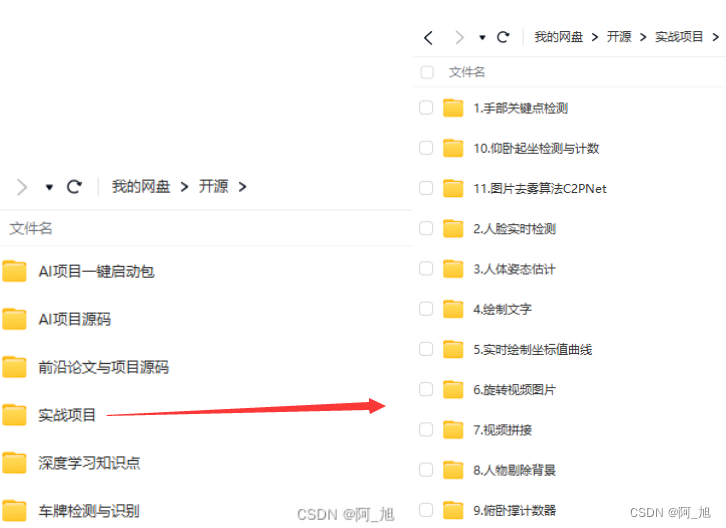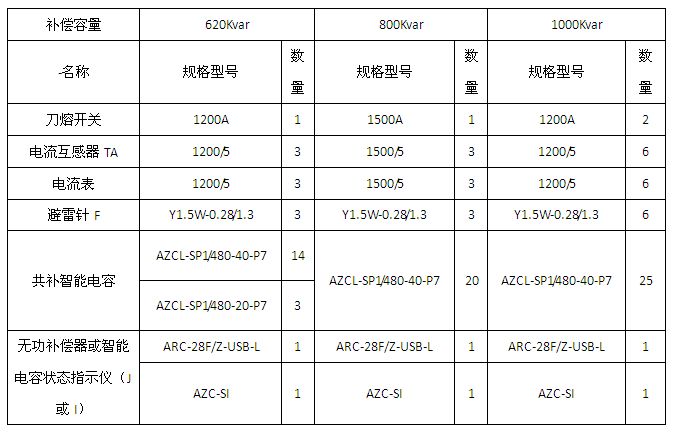一、this的相关理解与解读
1、各角度看this。
1)ECMAScript规范:
this 关键字执行为当前执行环境的 ThisBinding。
2)MDN:
In most cases, the value of this is determined by how a function is called.
在绝大多数情况下,函数的调用方式决定了this的值。
3)其实,没必要记这些文邹邹的句子去理解【哎,很多我们懂的词语放在同一个句子里,我们可能就读不懂其意思了】。
我们只需记住一个魔法口诀 ------ “this 永远指向最后调用它的那个对象” 就能理解 this 的指向问题。
二、this指向的判断。
1、this指向的判断流程图:

判断this指向.png
2、具体的例子:
1)普通函数 && 通过new关键字进行创建的:
class O {
constructor(name) {
this.name = name;
}
getName(){
console.log(this);
}
}
let o = new O('码农三少');
o.getName(); // {name: "码农三少"}
2)普通函数 && !通过new关键字进行创建 && 函数调用中使用上下文对象:
function fn() {
console.log(this);
}
let o = {
name: '码农三少',
fn: fn
}
window.fn(); // 上下文对象调用, 等价于直接调用 fn()。 {window: Window, self: Window, document: document, name: "", location: Location, ...}
o.fn(); // 上下文对象调用。 {name: "码农三少", fn: ƒ}
3)普通函数 && !通过new关键字进行创建 && !函数调用中使用上下文对象:
function fn() {
console.log(this);
}
let o = {
name: '码农三少',
fn: fn
}
let newFn = o.fn;
newFn(); // 等同于 window.fn(); 和 fn(); 。 {window: Window, self: Window, document: document, name: "", location: Location, ...}
4)箭头函数(指向它外层普通函数的this指向):
let o = {
name: '码农三少',
fn() {
return () => {
console.log(this)
}
}
}
let newFn = o.fn();
newFn(); // 这2行等价于 o.fn()(); 。{name: "码农三少", fn: ƒ}
5)使用了特殊函数(如bind、apply、call):
function fn() {
console.log(this);
}
let bindObj = {
name: '我是 bindObj , By 码农三少'
};
let applyObj = {
name: '我是 applyObj , By 码农三少'
};
let callObj = {
name: '我是 callObj , By 码农三少'
};
fn(); // 等价于 window.fn(); Window {window: Window, self: Window, document: document, name: "", location: Location, ...}
fn.bind(bindObj)(); // {name: "我是 bindObj , By 码农三少"}
fn.apply(applyObj); // {name: "我是 applyObj , By 码农三少"}
fn.call(callObj); // {name: "我是 callObj , By 码农三少"}

喜欢的朋友记得点赞、收藏、关注哦!!!



















